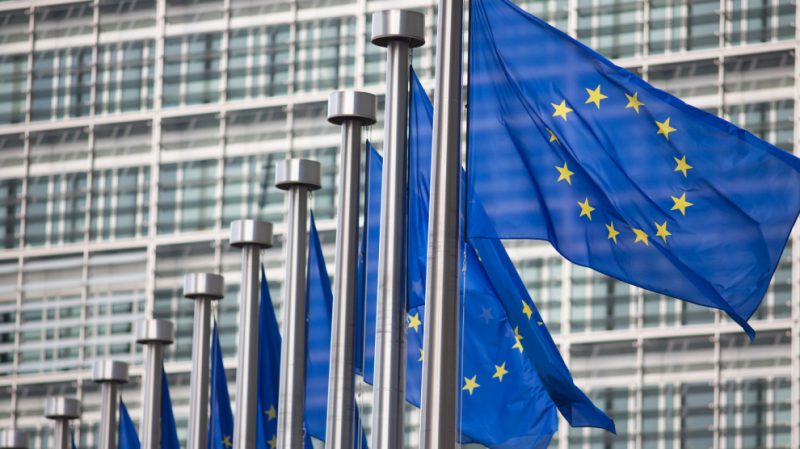The word stablecoin has sort of become a joke now, thanks to the show put up by Terra’s UST over the past few days. The depegging managed to garner attention from almost everyone from the community, including regulators. US Treasury Secretary, Janet Yellen, for instance, renewed her call for stablecoin regulation amid the LUNA-UST saga.
In what is the latest development, it is the European Commission that is mulling curbs for stablecoin issuances.
Per Coindesk, officials appear to be siding with the views of European Union finance ministers, who have proposed tough measures aimed at stopping stablecoins from replacing the euro, and require issuance to halt if transactions top 1 million per day.
The report noted,
“National ministers, who meet in a body known as the Council of the EU, want to stop rivals to fiat from operating if they become too popular. Under their plans, regulators could order the issuers of any stablecoin exceeding 200 million euros (US$211 million) and 1 million transactions daily to cease issuances until these figures come back below the threshold.“
The Commission’s document outlining the same, as such, is allegedly labeled as a “non-paper,” implying that it does not necessarily reflect the commission’s formal position. At the moment it is one of the handful of documents being produced to “influence” discussions on topics like whether or not crypto firms should be able to register from tax havens, etc.
On the other hand, the European Parliament favors a “softer approach” that would see successful stablecoins reclassified and subject to oversight by the European Banking Authority. The Commission, nonetheless, wants the approach to be deep rooted.
“The Commission services prefer the Council text that limits the issuance of ARTs [asset referenced tokens].”
It further warned that the parliament’s approach of forcing issuers to repay customers what they originally paid for the token would lead to financial engineering that, in turn, could endanger stability.
The Commission does favor having extra measures triggered by specific numerical limits, rather than leaving it to regulators’ discretion. The document highlighted,
“The thresholds for monitoring and limiting ARTs widely used as a means of payment could be further discussed at political level.”





